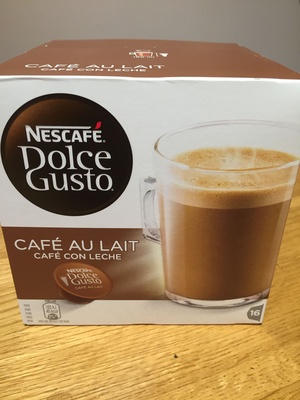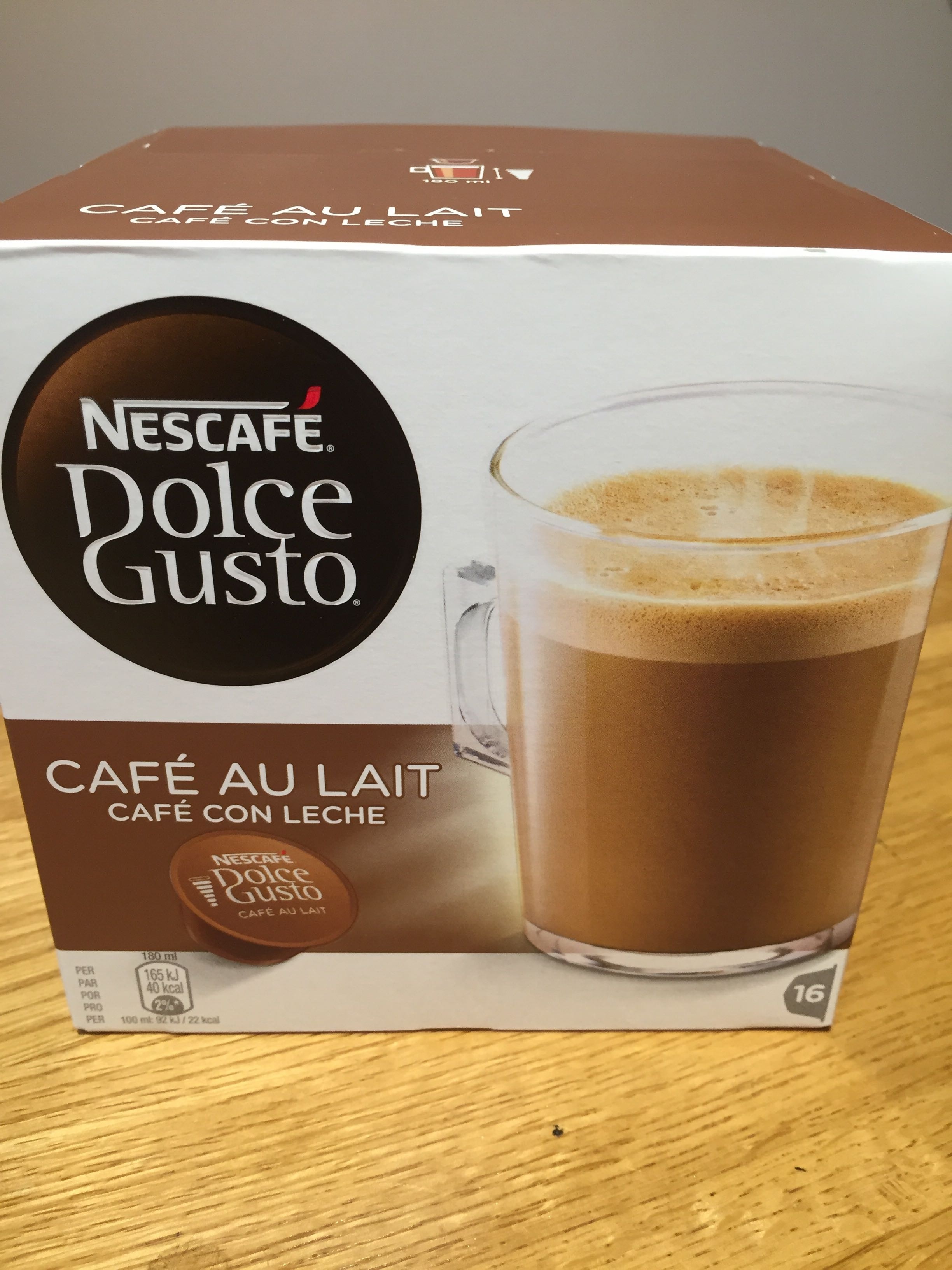Dolce Gusto Café au Lait - Nescafé - 160 g
Aquesta pàgina del producte no està completa. Podeu ajudar a completar-la editant-la i afegint-hi més dades a partir de les fotos ja disponibles, o fent-ne més amb l'aplicació de androide o iPhone / iPad. Gràcies!
×
Algunes de les dades d’aquest producte les ha proporcionat directament el fabricant NESTLE FRANCE. - Servei al client: Formulari de contacte 0 809 400 412 (service gratuit + prix de l'appel)
Codi de barres: 7613033174667 (EAN / EAN-13)
Nom comú: Café au Lait
Quantitat: 160 g
Empaquetament:
en:Bottle cap, en:Box, en:Capsule, Cartó, en:Sleeve, en:Wine cork, en:Green dot
Marques: Nescafé
Categories: Aliments i begudes amb base vegetal, Begudes, Aliments amb base vegetal, Begudes calentes, Cafè, Begudes instantànies, Begudes sense alcohol, Begudes sense sucre, en:Capsules, Cafès solubles, Càpsules de cafè, en:Dolce Gusto-compatible coffee capsules
Etiquetes, certificacions, premis:
EAC, Punt verd
Enllaç a la pàgina del producte en el lloc oficial del productor: https://www.dolce-gusto.es/capsulas/cafe...
Botigues: Magasins U, carrefour.fr, Mercadona
Països on es va vendre: França, Espanya, Suïssa, Regne Unit
Matching with your preferences
Salut
Ingredients
Processament d'aliments
Additius
Anàlisi dels ingredients
Nutrició
Entorn
Petjada de carboni
Empaquetament
Transport
Altres dades
Preparació: 1 capsule = 1 tasse de 180 ml.
Condicions de conservació: Conserver dans un endroit propre, sec et à température ambiante.
Servei al client: Nestlé France, 34-40 rue Guynemer 92130 Issy-les-Moulineaux
Report a problem
Fonts de dades
El fabricant NESTLE FRANCE utilitza Equadis per transmetre automàticament dades i fotos dels seus productes.
Producte afegit per openfoodfacts-contributors
Última modificació de la pàgina del producte per thaialagata.
La pàgina del producte, també editada per aleene, alia, arnau, corrigo, daniel88, date-limite-app, driveoff, ecoscore-impact-estimator, feat, foodless, foodrepo, foodvisor, inf, kiliweb, magasins-u, maxinc, musarana, openfood-ch-import, org-nestle-france, packbot, quentinbrd, rick77, roboto-app, scanbot, tacinte, tacite, teolemon, torpedin, vanished, yuka.R29JR0dmd0htOU1ScXZFbXh3TDd3dHhWM0tLRFoyZTNOYk1wSVE9PQ, yuka.UWE0eERMbzcvTll2dy8wOStSSG4xczVVMTVPUVltNnhlckErSVE9PQ, yuka.ZEtjREhJSVBwdHd6aThZYTBEMy94OTFld2JHblpqT2NlOEFESVE9PQ, zuri.




